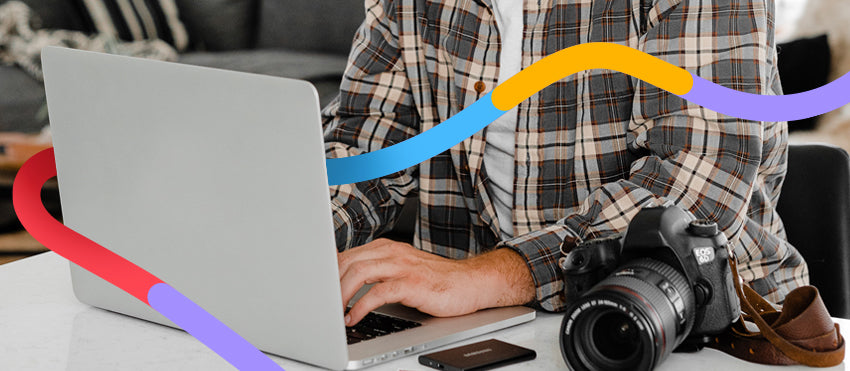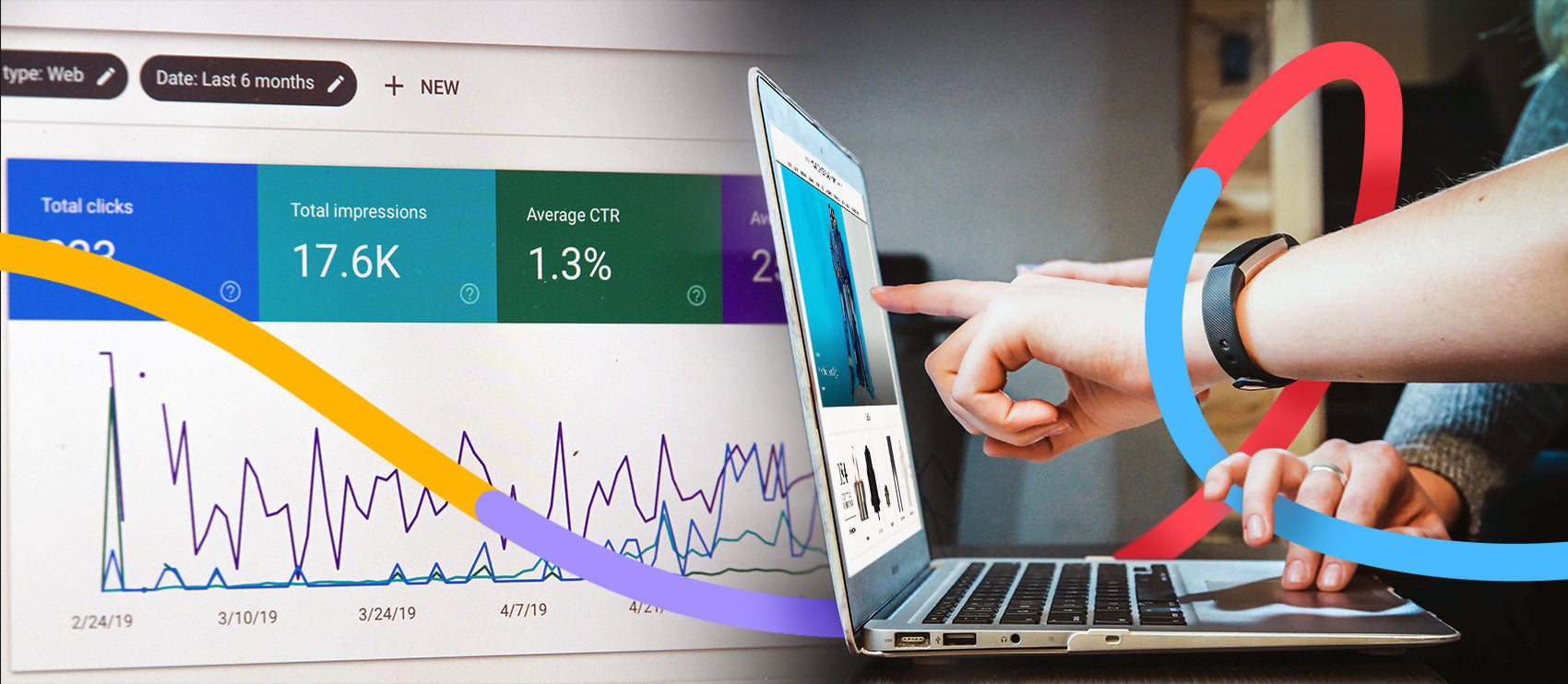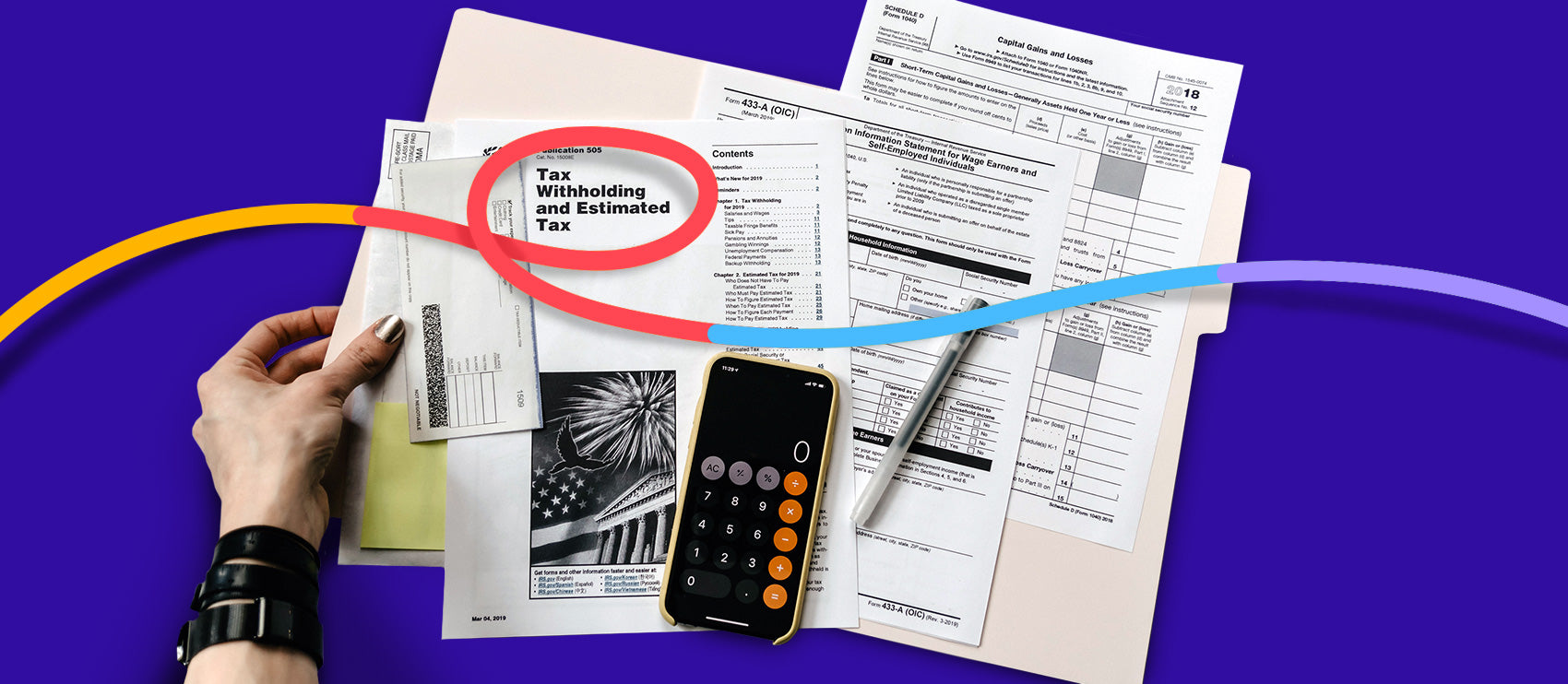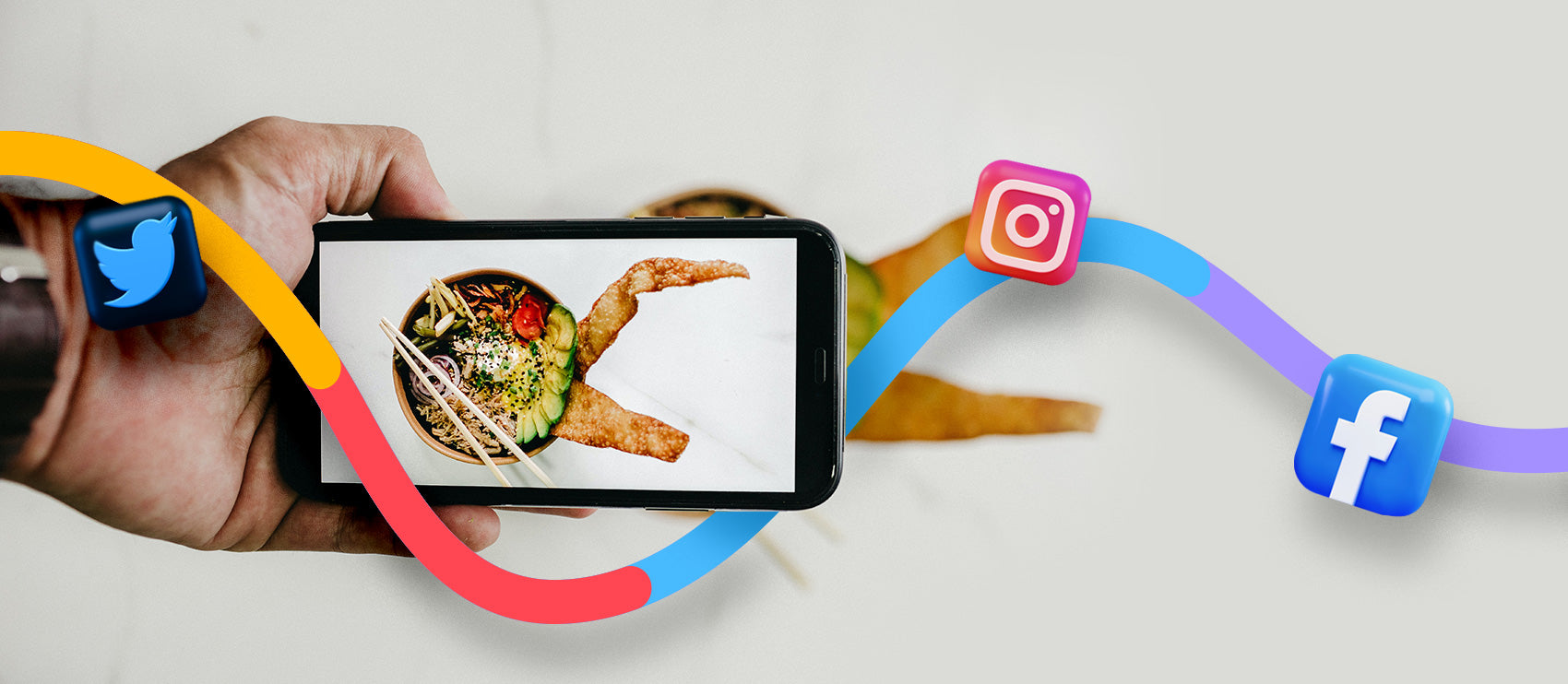When you’re a freelance photographer, you’re used to creating beautiful images for your clients. But you know the work doesn’t stop once you press the shutter button. These days, clients expect perfect clipping paths and polished images.
For some photographers, photo editing is part of the job. For others, it’s an unnecessary, tedious task they don’t really want to do.
If you enjoy editing photos, guess what? You can turn that into an upsell. When you set up your photo editing services properly, you might not even need to shoot anymore — you just might trade in your camera to make a living as a photo editor.
That’s right: You could theoretically earn a decent income from home while dressed in your pajamas!
If this sounds good to you, you’re probably wondering how to charge for photo editing. And what photo editing rates to set.
Below, we’ll talk about hourly vs. per image vs. flat fee rates, how to determine which number to throw out, and what to make sure you’re including in those rates — and how you can make more money by outsourcing some of the work.
Editing as a standalone service vs. included with photography
You can offer editing-only services or add it to your existing photography packages.
Editing as a standalone service
Photo editing could be the only thing you offer as a service, and while helpful, you don't have to have photography experience to be a photo editor. You do, however, need to have a creative eye and in-depth knowledge of professional photo editing software.
Keep in mind, if you're offering photo editing as a standalone service, your website and social media channels should be created with photographers in mind — they're your source of business, not the people or company receiving the photos. Do you offer culling or custom preset creation? Highlight how you can make a photographer's job easier.
Editing included with photography
Some photographers prefer to wrap editing into their photo packages. Photographers that built their business on their unique style might prefer this route, and depending on their following, they may also have a few popular editing presents available for purchase.
Typically packages are based, in part, on the number of images the customer will receive. Customers choose a selection of their favorite shots and those will be the images that get edited as part of the package. If you wrap editing into your photography package, make sure you note that on your website. Let customers know that touch-ups, color corrections, etc. are included in the price.
Your editing approach comes down to your personal preferences. Managing a photography business entails much more than taking great photos. “Aside from shooting, which is extremely time-intensive, and editing (which is more time-intensive), photographers have to deal with client management, consultations, negotiating contracts, bookkeeping, constant marketing on Instagram/Facebook/Pinterest, website maintenance, and frequent blog updates,” says Katie Rivera, a full-time photo editor.
Depending on workload, sometimes outsourcing editing is more efficient. If you offer editing as a service, your freelance photo editing rates will depend on whether you wrap the edits in with your photography or you offer editing as a standalone service.
Knowing what you should charge
Determining how much to charge your clients for photography is challenging in and of itself. The internal debate probably goes a little something like this:
- How long will it take me to do this work?
- How big do I think their budget is?
- Am I overpricing? Underpricing?
- Am I going to lose this client if I charge too much?
And the debacle becomes further complicated as you grow your business and begin to outsource photo-editing work.
Even though outsourcing tasks can save you time and help you earn more money, you still need to ensure you’re charging your clients enough to cover those additional fees — and make it worth your while.
Factors that influence your photo editing rates
Turnaround time
As a general rule, the quicker your client needs the work done, the more you should charge. Before agreeing to work, ask your client what their time frame is for the specific project. It will affect how much you’re spending for outsourcing photo-editing work and the rate you’re giving your client.
Usually, clients will understand a higher rate if they’re giving you less time to complete a project.
Complexity of edits
First, let’s define “editing.” There are many ways to edit a photo, and each of them require a different amount of time, skill, and knowledge.
- Simple photo editing: There’s simple editing, which includes basic changes like color correction or straightening of horizons. A simple edit may include adding a drop shadow to a basic object, like this chair.

- Photo retouching: Then there’s retouching, which includes more detail like removing glare from glass or extending the background of the image.
- Special photo editing: And finally, there’s special editing. This can include things like changing the color of an item, smoothing out wrinkles, or swapping out the background entirely. This level of retouching can take anywhere from ten minutes to hours — per image!
Types of photos
Photo editing prices will also vary depending on the type of photo. For example, are they product photos, portraits, real estate or editorial photos? Different types of images require varying amounts of editing — anything from simple edits to more intensive retouching.
To edit sports, music, and other types of event photography, you need a solid understanding of the culture and coverage trends in these specific niches. Certain editing choices could seem out of date or out of touch.

Similarly, certain types of photos will also require some amount of industry knowledge (real estate or product photography, for example). Build that time and expertise into your pricing rates.

Editing real estate photography requires knowledge about the market. Luxury single-family properties, for example, will be presented differently than an office space.

Product photography edits also have a variety of photography and editing trends photo editors need to consider. Tech, fashion, and food shots should each have a different feel.

Revisions
Next, decide how many rounds of editing you’ll permit per image. If they’re not happy with the first set of photos, how many times will you allow them to request changes? It’s best to over-communicate this stipulation — with some customers, it’s all too easy to get sucked into an endless pit of revisions.
Associated outsourced fees
In some cases, it could make sense to outsource editing to a reputable company. While this costs money, some basic edits are affordable enough that you can make up for it with the saved time. This frees you up to do the finishing touches on your own and then send the image set back to your client. At Clipping Path India, for example, clipping paths start at just 49¢ per image. With this option, you can price your editing services much more competitively.
Costs for photo editing software
There is no shortage of easy photo editing software available. Here are just a few you can explore:
- Adobe Photoshop and Lightroom: Adobe might be the most recognizable name in photo editing out there. Their editors are cloud-based apps that work on desktop, mobile and tablets. Lightroom makes it simple to do basic edits, and Photoshop offers advanced options. You can buy Photoshop on its own or select a plan that lumps Photoshop and Lightroom together. (From $9.99 to $19.99 a month.)
- Affinity Photo: Affinity is another robust photo editor. It has more capabilities than Lightroom, but it probably wouldn’t make sense to have both Affinity and Photoshop. You can use all the features on both desktops and iPads. It’s considered a more affordable option. ($24.99 on sale, normally $49.99)
- Luminar AI: Luminar AI uses artificial intelligence to suggest edits. It’s simple to use and requires less learning to use than Photoshop, for example. (From $69.00 to $197.00 per year.)
If none of these options fit the bill, there are plenty of other photo editing technologies to choose from. Take the time to research your options, and pick the one(s) that fits your needs.
Your client’s budget
Opinions differ about whether or not to ask your client for their budget. If you are curious about the client’s budget, there are a couple of important takeaways:
- Ask for a ballpark range before releasing your rate.
- Wait to discuss their budget until the end of your first meeting.
If you ask the client about their budget after you disclose your rate, you might insinuate to them that you can work on their terms — and that you don’t know much you’re worth. But knowing their budget before telling them your rate gives you time to determine if you can go higher or lower and helps you retain your client. And if their budget is far lower than your usual rate, you can politely let them know and, if possible, refer them to someone whose rate is closer to their budget.
You’ll likely need to position the question as “Is there a set budget for this project?” or “What type of budget are we working with?” Then, you can determine if the rate, including any outsourced photo-editing work, is worth your time.
When you’re thinking about rate quotes, consider the size and age of the business, their industry, and location. A solo entrepreneur will have a much different budget than an NYC-based tech company, for instance.
Your experience or skill level
Of course, your skill level will come into play here. While it’s likely that you’ll have amassed more skills the longer you’ve been in the industry, don’t make the mistake of substituting years for skill.
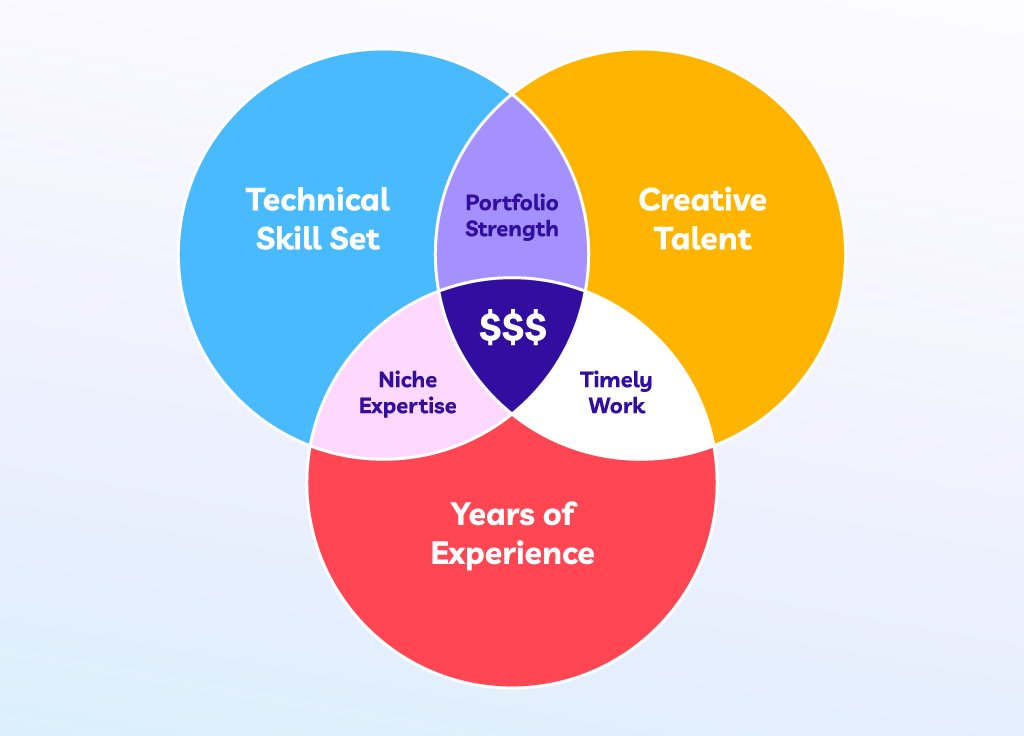
Incremental charges
Are there additional charges for the outsourcing that you need to consider? Some photo editors might charge more if specific edits need to be made, like color correction, sharpening or resizing.
If you ask about these additional charges upfront, it could save you money and provide a quick turnaround. Consider the following to determine if you could do any of these tasks before sending the images out for editing:
- How are you sending the files? Are they easily organized for the photo editor?
- How many are you sending? Do you need all edited, or should you select your favorites before sending?
- Can you do the cropping and resizing upfront? Does each image need more than one size?
Ultimately, you want to consider doing some of the heavy lifting, like organizing and ensuring effectiveness, before sending your photos off for editing so you won’t be charged extra. Because if your editor assumes more time spent to sort through your images, they might consider increasing their rate.
If your schedule doesn’t allow the time you need to do the resizing upfront — or if different sizes are needed per image — this will easily increase your outsourced photo-editing rate. In this case, determine the rate with your photo editor before setting your rate with your client to ensure that you won’t lose money.
Set up your pricing structure
When it comes to pricing your editing, there are a few different ways to set your rates. Some photographers or editors use complicated calculations, but for the most part, setting editing rates usually boils down to three different methods: by the hour, by the project, and by the image. Each method has its pros and cons.
Hourly
Charging by the hour means you’ll get what you consider to be fair compensation for an hour of your time, and it’s relatively easy to calculate how much you’ll make on jobs you take on.
Downsides, however, include customers who are upset about how long the job took and clients who think they’ll be overcharged.
If you bill hourly, always provide the client with a quote. In the quote, make sure there’s language written about time for revisions, etc.
Average rates hover around $45 to $100 USD per hour. For complex and detailed work, that rate could go up to as much as $500 USD per hour.
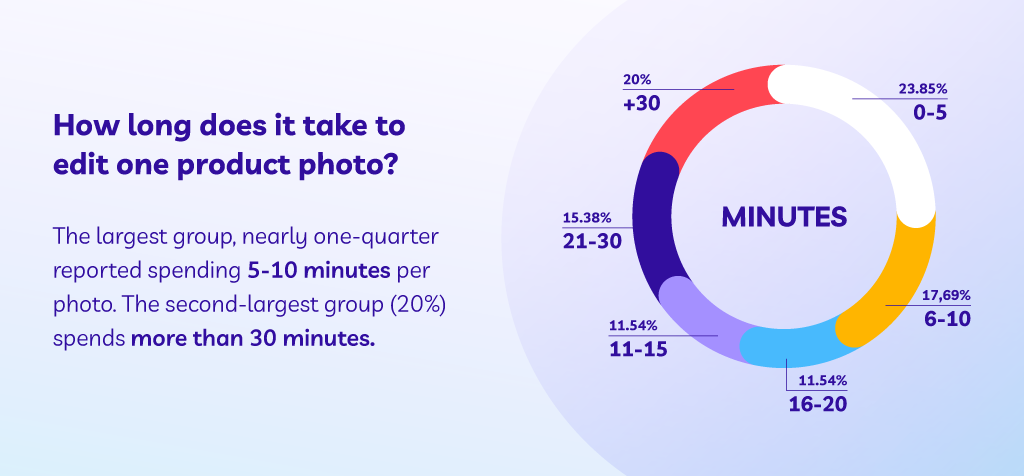
Flat rate per image
A per-image fee is easy for clients to understand and makes rate calculations simple for you. The main downside is that on rare occasions, a photo could take longer than normal to edit, which means you’re working for less.
Average rates run from 30¢ to $7 per image. (The wide range takes into account the type of editing needed and the image. Jewelry, for example, is often harder to edit.)
Project fee
Project fees are simple: Potential clients know exactly how much it will cost them. One disadvantage is that if the project takes longer than you estimated, you may end up breaking even or losing money.
Project fees vary greatly depending on the size and scope of the project. For smaller projects, always make sure to discuss your minimum project rate.
Retainer
A retainer means that a client pays in advance to make sure your services are available to them for a certain amount of time. This type of payment is typically used for long-term projects or for access to services on a regular basis. Most retainers are for a month or more.
Budgeting your time is important when you have clients on retainer. It’s usually not wise to count on one client for 100% of your income, so their work needs to be interspersed with work from other clients.
Average retainers vary depending on the client and the agreement. Usually, retainer fees start at around $1,000 per month.
Packages
Some photographers and photo editors choose to set up packages for clients to choose from. Services are lumped together into categories (usually in a good, better, best set-up) so that potential clients know exactly what they’ll be getting. A-la-carte options and upgrades should be available as well.
How to present your photo editing rates to prospective clients
After you’ve discussed the potential job, it’s time to present your rates. For more straightforward jobs, you might feel comfortable giving the client your rate immediately. For many jobs, it’s wise to email the potential client a quote — that way it’s all in writing (and easier to refer to if they have questions).
In your quote, be very clear about the details. This benefits both you and the client. Include:
- Scope of work discussed
- Proposed timeline
- Allotted revisions
- Delivery method
- Payment terms
A written quote can be a good opportunity for upsells too. For example, if the client is asking about basic editing, you could include your rates for additional services or more advanced editing options. Note: This should probably be on a separate document so the client doesn’t get confused.
Know your worth
As you set your freelance photo editing rates, make sure you aren’t short-changing yourself. But be flexible enough to adjust your rate as necessary. If you’re newer to freelance editing or tackling a new industry, it may take some trial and error to nail down your rates.
FAQs about charging for photo editing
How much should I charge for retouching photos?
You should charge anywhere between $25/hour to $150/hour for retouching photos. Your rates should reflect your experience and skill level as well as the complexity of edits.
How much should I charge for photo editing?
You should charge $25–$150 per hour for photo editing, depending on your experience, skill level, complexity of edits, turnaround time, and number of photos.
How much do freelance photo editors make?
Freelance photo editors make $55,434–$70,875 per year, according to data from Salary.com.

